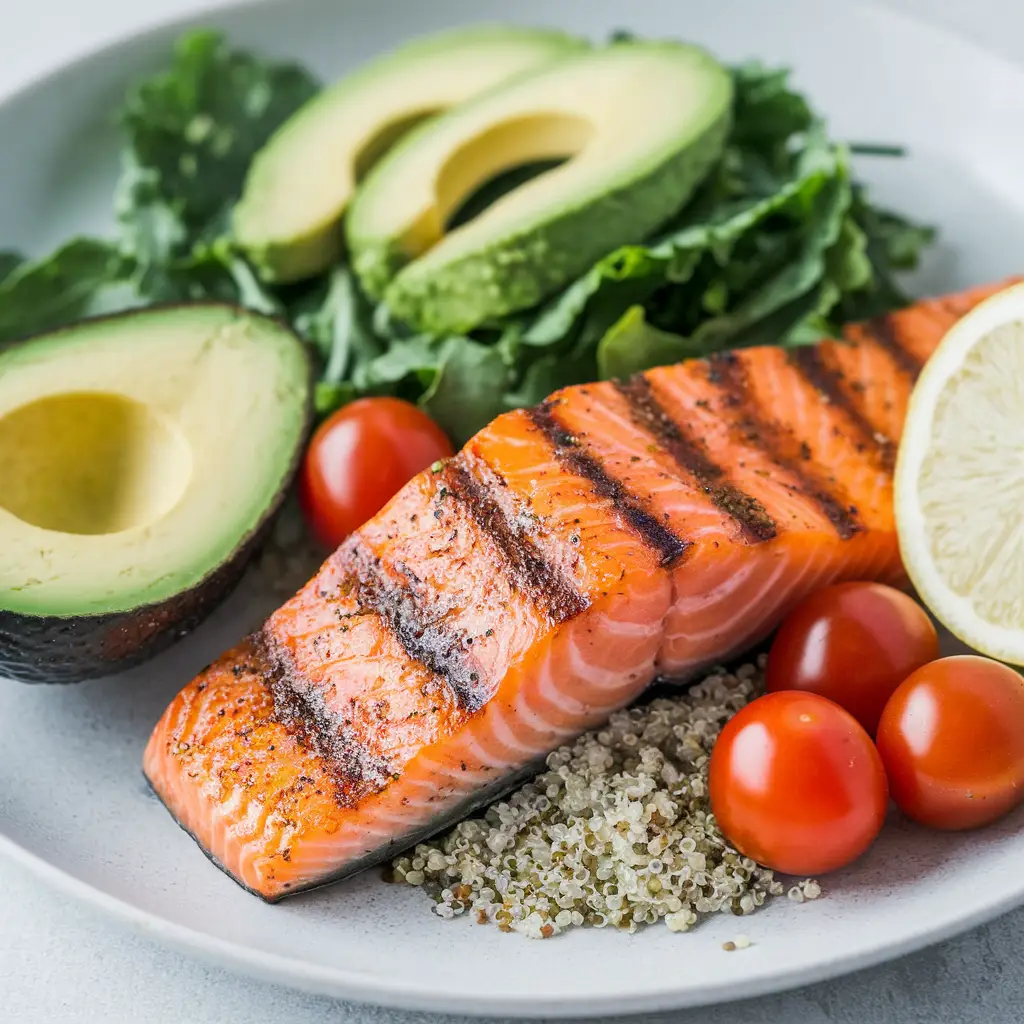Healthy eating is more than just a trend—it’s a lifestyle that provides your body with essential nutrients, boosts energy levels, and strengthens your immune system. A well-balanced diet plays a crucial role in preventing chronic diseases and improving overall well-being.
This guide will walk you through the fundamentals of healthy eating, its benefits, and practical strategies to maintain a nutritious diet. Whether you want to improve digestion, enhance heart health, or manage your weight, adopting healthier eating habits will positively impact your life.
For an in-depth approach, check out The Ultimate Guide to Healthy Eating to explore more structured meal plans.
Understanding Healthy Eating
What Is Healthy Eating?
Healthy eating means consuming a variety of nutrient-rich foods that support overall body function. A balanced diet should include:
- Proteins – Essential for muscle repair and immune support.
- Carbohydrates – Provide energy for daily activities.
- Healthy Fats – Promote brain and heart health.
- Vitamins & Minerals – Support bodily functions and immunity.
Core Principles of Healthy Eating
- Eat a Variety of Foods – Incorporate different food groups into your meals.
- Control Portions – Be mindful of serving sizes to prevent overeating.
- Stay Hydrated – Drink plenty of water to aid digestion and metabolism.
- Limit Processed Foods – Reduce intake of sugar, sodium, and artificial additives.
- Balance Macronutrients – Include proteins, carbohydrates, and healthy fats in every meal.
Why Healthy Eating Matters
How a Nutritious Diet Impacts Your Health

Eating a well-balanced diet supports:
- Lowering the risk of chronic diseases such as diabetes, obesity, and cardiovascular conditions.
- Boosting energy levels and improving overall productivity.
- Enhancing cognitive function and mental clarity.
- Strengthening the immune system to prevent infections.
Key Benefits of a Nutritious Diet
1. Strengthening the Immune System
A diet rich in vitamins and minerals helps your body fight off illnesses. Key immune-boosting foods include:
- Citrus fruits – Excellent source of vitamin C.
- Garlic & ginger – Natural anti-inflammatory properties.
- Probiotic-rich yogurt – Supports gut and immune health.
2. Enhancing Heart Health
A heart-friendly diet reduces cholesterol and lowers the risk of heart disease. Essential heart-healthy foods include:
- Fatty fish (salmon, tuna) – High in omega-3 fatty acids.
- Nuts & seeds – Help lower cholesterol.
- Leafy greens – Rich in antioxidants that protect the heart.
3. Supporting Weight Management
A nutritious diet helps control hunger and prevents unhealthy cravings, making it easier to maintain a healthy weight.
For a healthy and easy meal idea, try this Chicken Avocado Wrap – Nutritious Meal to keep you full and energized.
4. Improving Digestive Function
Fiber-rich foods promote digestion and gut health. Some of the best gut-friendly foods are:
- Whole grains (brown rice, oats, quinoa).
- Legumes (lentils, beans, chickpeas).
- Fermented foods (kimchi, kefir, yogurt).
How to Create a Balanced Diet

Essential Dietary Strategies
- Choose Lean Proteins – Opt for chicken, fish, tofu, and beans.
- Select Whole Grains – Brown rice, quinoa, and whole wheat provide sustained energy.
- Incorporate Healthy Fats – Avocados, olive oil, and nuts improve heart health.
- Reduce Sugar & Salt Intake – High amounts can lead to diabetes and high blood pressure.
Top Foods for a Healthy Lifestyle
| Food Group | Examples |
|---|---|
| Proteins | Chicken, fish, eggs, lentils |
| Whole Grains | Brown rice, quinoa, oats |
| Healthy Fats | Olive oil, avocados, almonds |
| Fruits & Vegetables | Spinach, broccoli, berries, oranges |
| Dairy & Alternatives | Greek yogurt, almond milk |
For a delicious and healthy meal, check out One-Pot Spinach Artichoke Dip Pasta for a nutrient-packed dish.
Unhealthy Foods to Limit or Avoid

- Sugary beverages – Sodas, flavored juices, and energy drinks.
- Fast food – High in unhealthy fats and refined carbohydrates.
- Processed meats – Hot dogs, sausages, and deli meats.
- Packaged snacks – Chips, candy, and sugary cereals.
For a sweet yet healthy alternative, explore the Ultimate Guide to Strawberries to learn how to enjoy their benefits.
Final Thoughts
Healthy eating is about making sustainable choices that nourish your body. By focusing on whole foods, controlling portion sizes, and staying hydrated, you can achieve long-term wellness.
Start today, and your future self will thank you!
Table of Contents
- Introduction
- Understanding Healthy Eating
- What Is Healthy Eating?
- Core Principles of Healthy Eating
- Why Healthy Eating Matters
- How a Nutritious Diet Impacts Your Health
- Key Benefits of a Nutritious Diet
- How to Create a Balanced Diet
- Essential Dietary Strategies
- Top Foods for a Healthy Lifestyle
- Unhealthy Foods to Limit or Avoid
- Debunking Common Myths About Nutrition
- Practical Tips for Sticking to a Healthy Diet
- FAQs About Healthy Eating
- Final Thoughts
